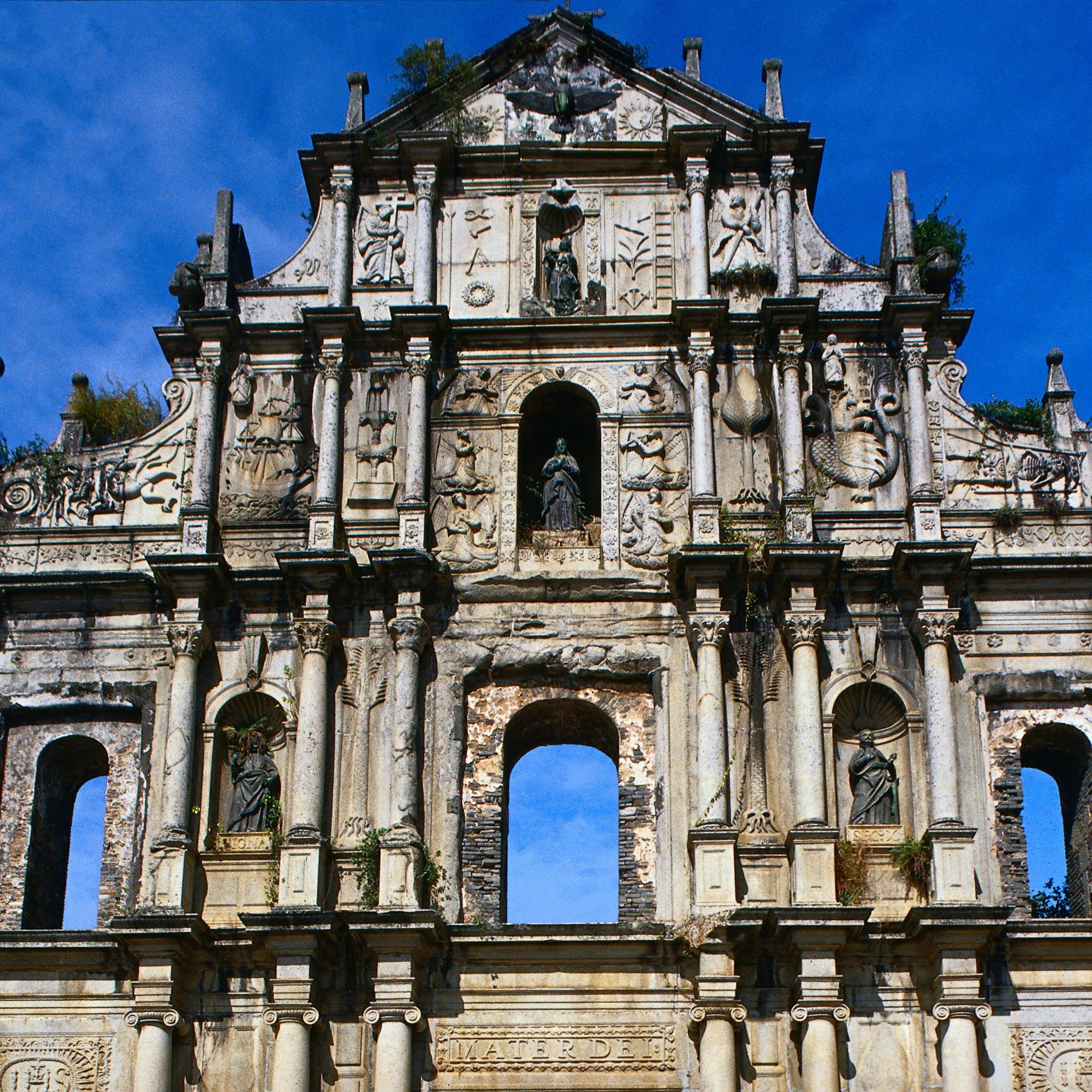
Overview
Known as the 'Vegas of China', Macau is indeed an epicentre of gambling and glitz. While luxury entertainment here is world-class, the city has much more to offer than that. Macau was a Portuguese colony for 300 years, a history marked by a cultural hybridity that manifests itself in all aspects of life: Chinese temples stand on maritime-themed Portuguese tiles; the sound of Cantonese permeates streets with Portuguese names; and when you're hungry, it could be Chinese dim sum, pastéis de nata (Portuguese egg tarts) or Macanese minchi (ground meat stir-fried with potatoes) that come to the rescue.
Plan your trip with Guide, an AI travel planner!
Create a personalized trip itinerary in seconds using artificial intelligence.
Must-see attractions
Planning Tools
Expert guidance to help you plan your trip
Best Things to Do
Discover the 19 must-see things to do in Macau, from historic temples and colonial sites to casinos, cultural experiences and stunning city views.
Read full article
Get a book. Get inspired. Get exploring.
in partnership with getyourguide











